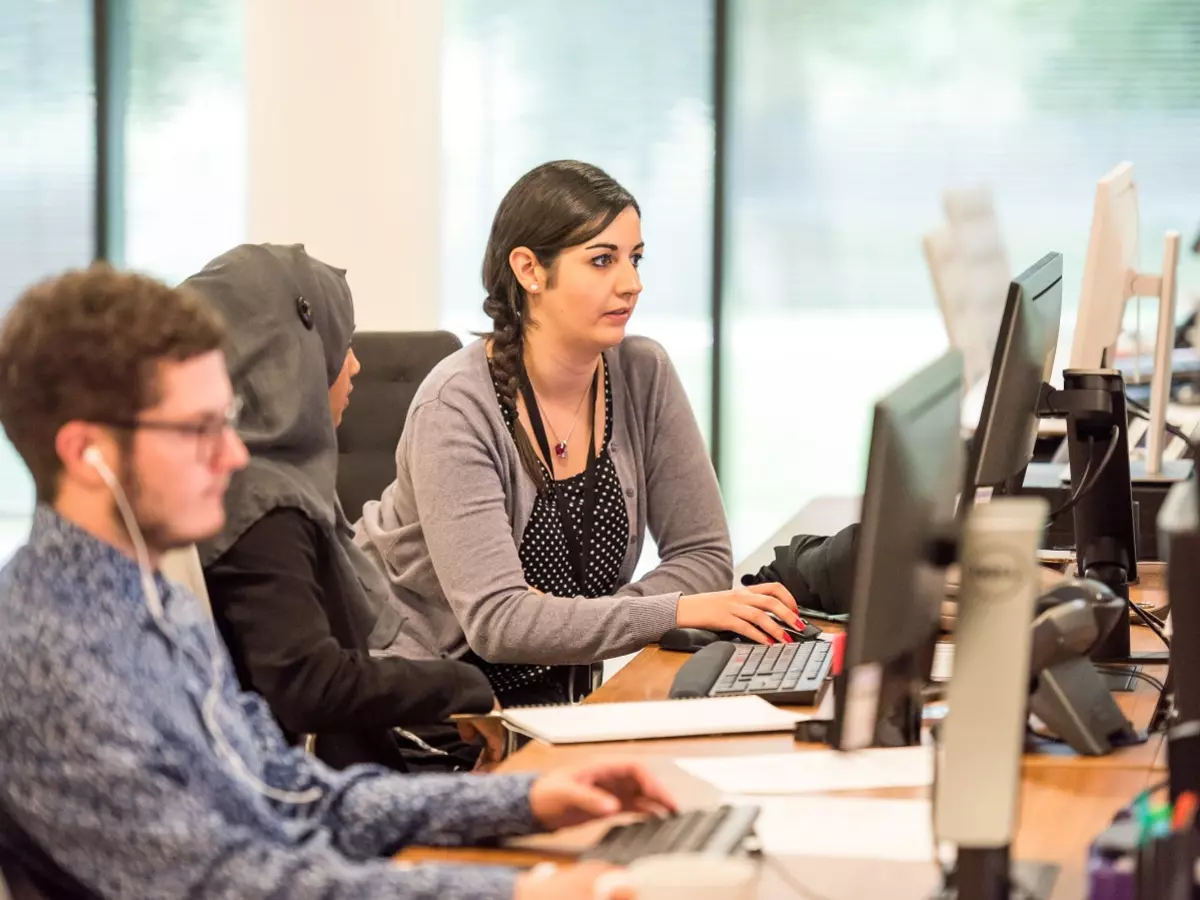How Workplaces Can Develop An Inclusive Environment For The Workforce In A Post COVID World
With the clouds on COVID-19 surrounding the country, organizations have had to make a transition in the way they conduct businesses now. We are yet to find out how a post-COVID-19 world would look like for people and businesses alike. Dr. Marcus Ranney, who has worked in NASA¡¯s Kennedy Space and Royal Air Force in the past and is now a frontline medic in the fight against COVID-19 and Founder, Human Edge explains about how organizations can deve...Read More

With the clouds on COVID-19 surrounding the country, organisations have had to make a transition in the way they conduct businesses now. We are yet to find out how a post-COVID-19 world would look like for people and businesses alike. Dr. Marcus Ranney, who has worked in NASA¡¯s Kennedy Space and Royal Air Force in the past and is now a frontline medic in the fight against COVID-19 and Founder, Human Edge explains about how organisations can develop an inclusive environment for the workforce in a post COVID world.
 Unsplash/Representational image
Unsplash/Representational image
Why do you think it is important to address the topic around optimising the workforce in a post-COVID world?
The grand realisation we had because of the events in 2020 have been the competitive advantage that wellbeing plays in our lives. We¡¯ve seen it at an individual level and the impact it is having on our health and our immunity, we¡¯ve seen it at an organisational level and the effect it is having on the workforce and we¡¯ve seen it at a systemic level with the impact it has within national borders and beyond.
What according to you should be the 3 Essential Workforce Optimisation Priorities?
The journey of wellbeing is relative, transient, and ever-evolving, and each of us has got our focus or priority areas which could either be self-care, peak performance, or longevity.
As the pandemic resets major work trends, what are the specifics you think should be kept in mind by the HR specialists, and what should be important for the leadership teams?
The fundamental shift that has happened in 2020 and beyond is the adoption of a hybrid workforce - work environment. HR and people leaders have to plan around what I call shared experiences which encompasses employee engagement - both digital and offline - a playbook for what culture, teamwork and leadership should be and an inclusive environment that places employees¡¯ physical and mental wellbeing at core.
Earlier, you mentioned longevity as one of the three keys for workforce optimisation. What does this mean and how is it critical in the current scenario?
 Unsplash/Representational image
Unsplash/Representational image
The quest for a longer life has always been part of the human spirit. At Human Edge, Duration, Quality, and Impact are the three attributes that we use for defining workforce longevity. Duration covers the total relationship that lasts between an employee and their employer - India¡¯s attrition rate in 2020 stands at 16%. There is an improvement if we see India¡¯s year-on-year data but it is still higher than the global attrition rate of 14.1% in 2020.
 Unsplash/Representational image
Unsplash/Representational image
Quality covers the percentage of people who are disengaged at work and finding solutions to channelize their energy and motivating them to find their core competence, checking on the ratio of employee absenteeism and presenteeism. Impact covers creating a legacy with an increased sense of permanence, durability, and performance.
